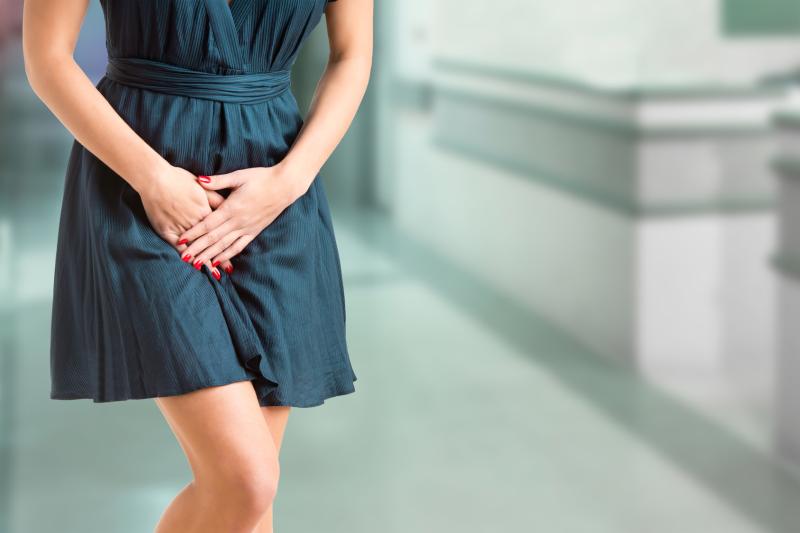
Toileting behaviours such as convenience and delayed voiding, straining to void, and position preference are strongly associated with overactive bladder (OAB) symptoms in women, according to a study.
“OAB continues to be a complex syndrome with no clear driving aetiology, but this study supports a hypothesis that behavioural factors, such as toileting habits, play a role,” the authors said.
The analysis included 6,562 adult women who completed the Toileting Behavior Scale and the International Consultation on Incontinence Questionnaire-Overactive Bladder (ICIQ-OAB) module. A total of 1,059 women (16.1 percent) had OAB, and this group was older (mean age, 47.6 vs 40.1 years) and had a higher rate of obesity, diabetes and mobility impairments relative to women without the bladder condition.
Multivariable logistic regression models revealed that women with vs without OAB were more likely to report behaviours of convenience voiding (odds ratio [OR], 1.13, 95 percent CI, 1.11–1.15), delayed voiding (OR, 1.05, 1.02–1.08), straining to void (OR, 1.05, 1.03–1.07) and position preference (OR, 1.13, 1.08–1.18). [Urology 2019;doi:10.1016/j.urology.2019.08.038]
All toileting behaviour subscales significantly correlated with increasing ICIQ-OAB scores, but the strongest association was observed for convenience voiding (p<0.0001). The authors specified two plausible hypotheses that might explain the strength of the association between convenience voiding and OAB.
“First, by routinely voiding in the absence of desire the individual sensitizes their bladder to smaller volumes, potentially increasing their OAB symptoms. Alternatively, convenience voiding may be a compensatory behaviour seeking to prevent urgency or urgency incontinence episodes,” they said, adding that the two concepts may jointly create a self-reinforcing spiral into worsening OAB symptoms. [Nat Rev Urol 2016;13:481-491; Nurs Res 2011;60:158-164]
Nevertheless, the authors pointed out that it is possible to break the cycle through bladder training, which forms part of behavioural therapies used in the first-line management of OAB.
“The wide prevalence of certain toileting behaviours in women and the mounting association with outcomes such as OAB suggest a need to further understand why women adopt these behaviours and what can be done to support healthy voiding habits,” the authors said.
“Future work should focus on whether a causal relationship exists as it may be easier to prevent the development of unhealthy toileting behaviours with early education and behavioural changes rather than attempting to intervene after a diagnosis of OAB,” they added.